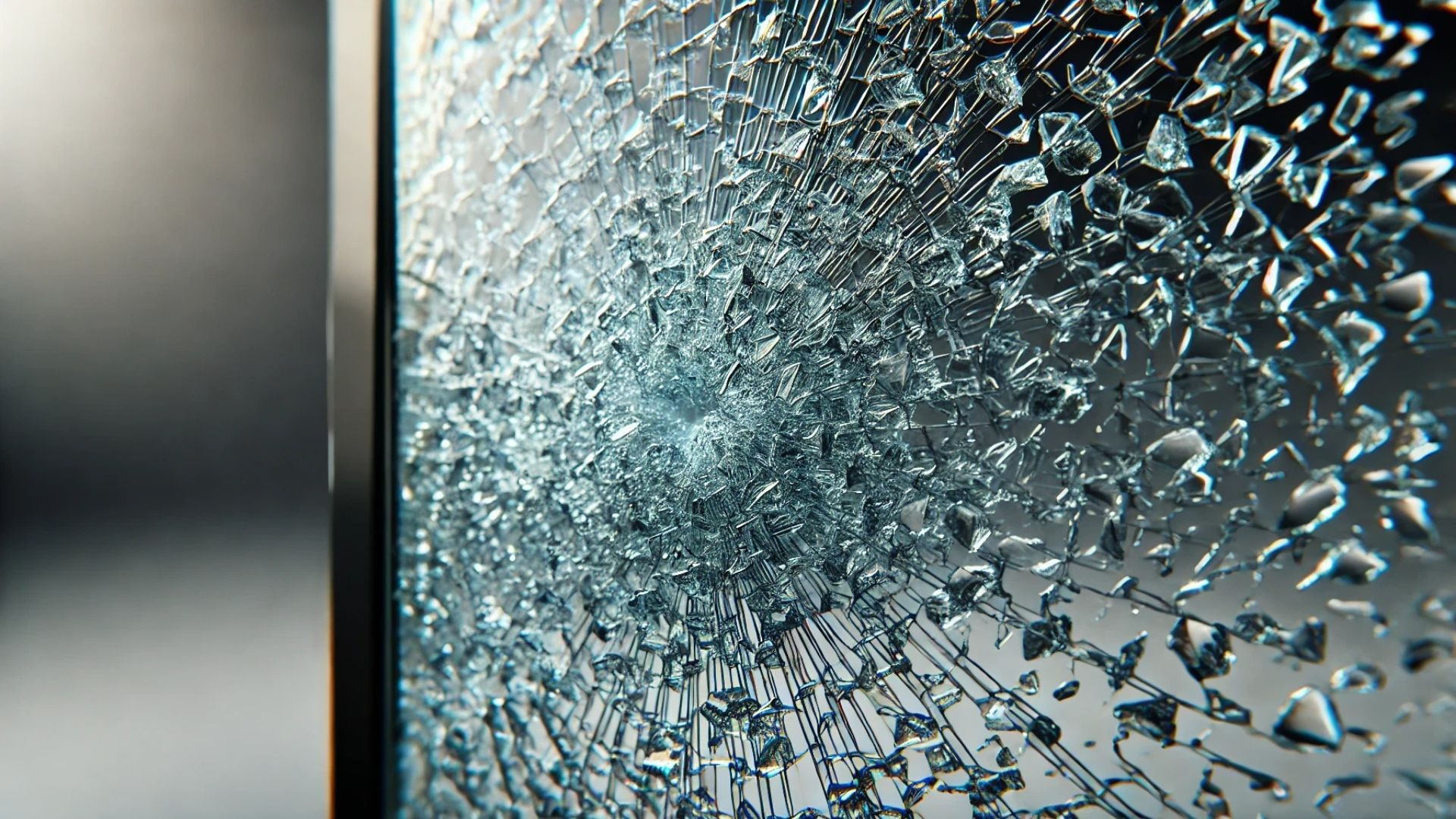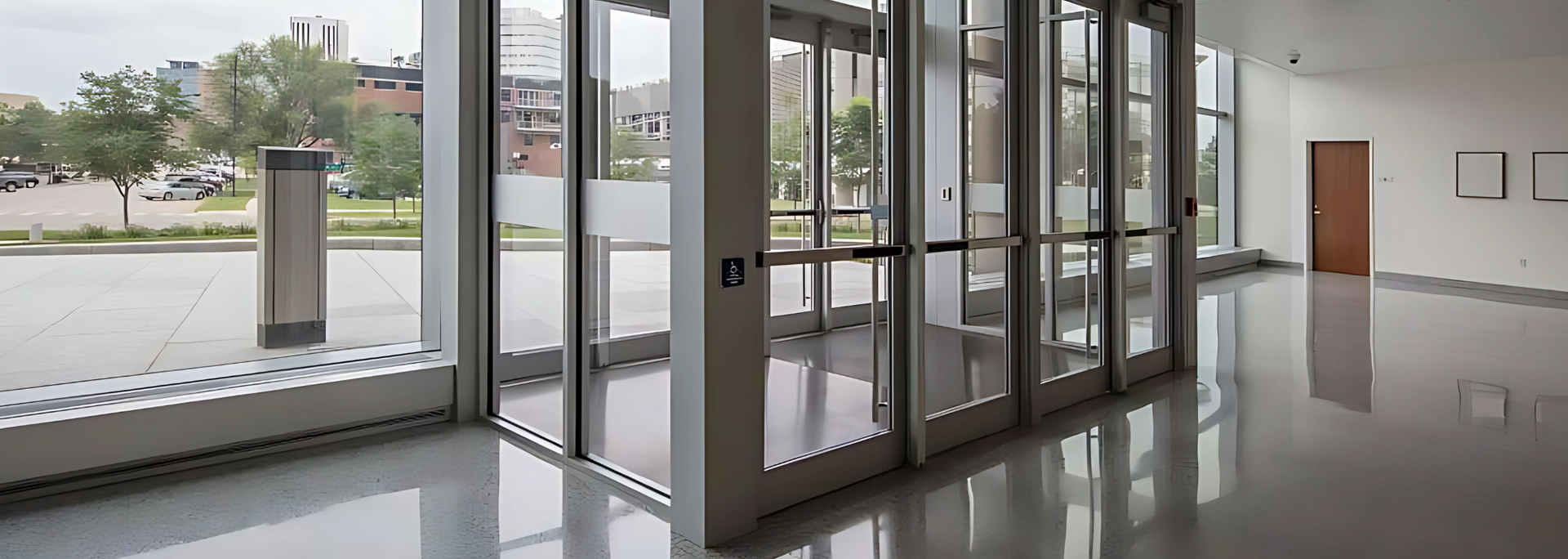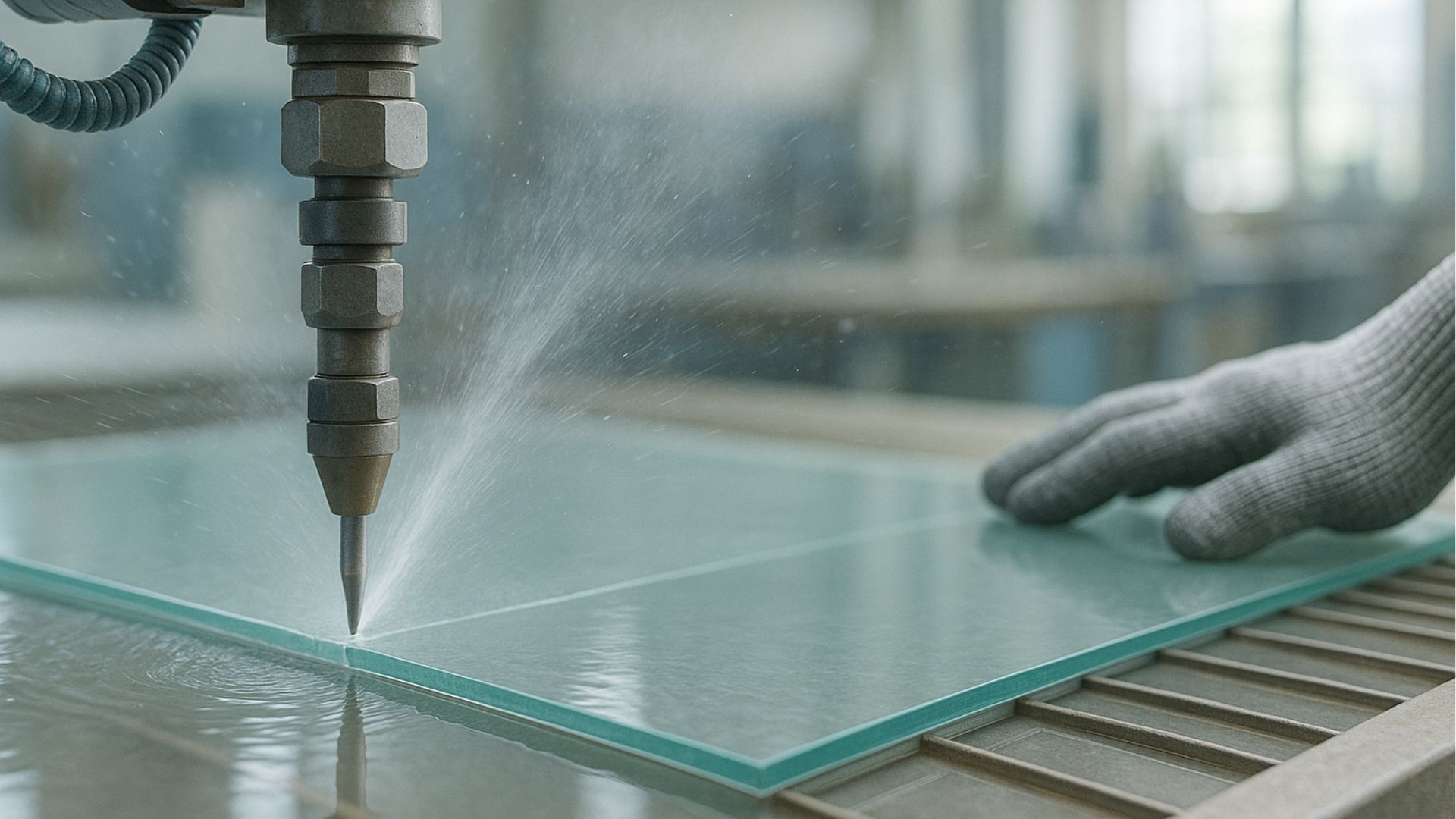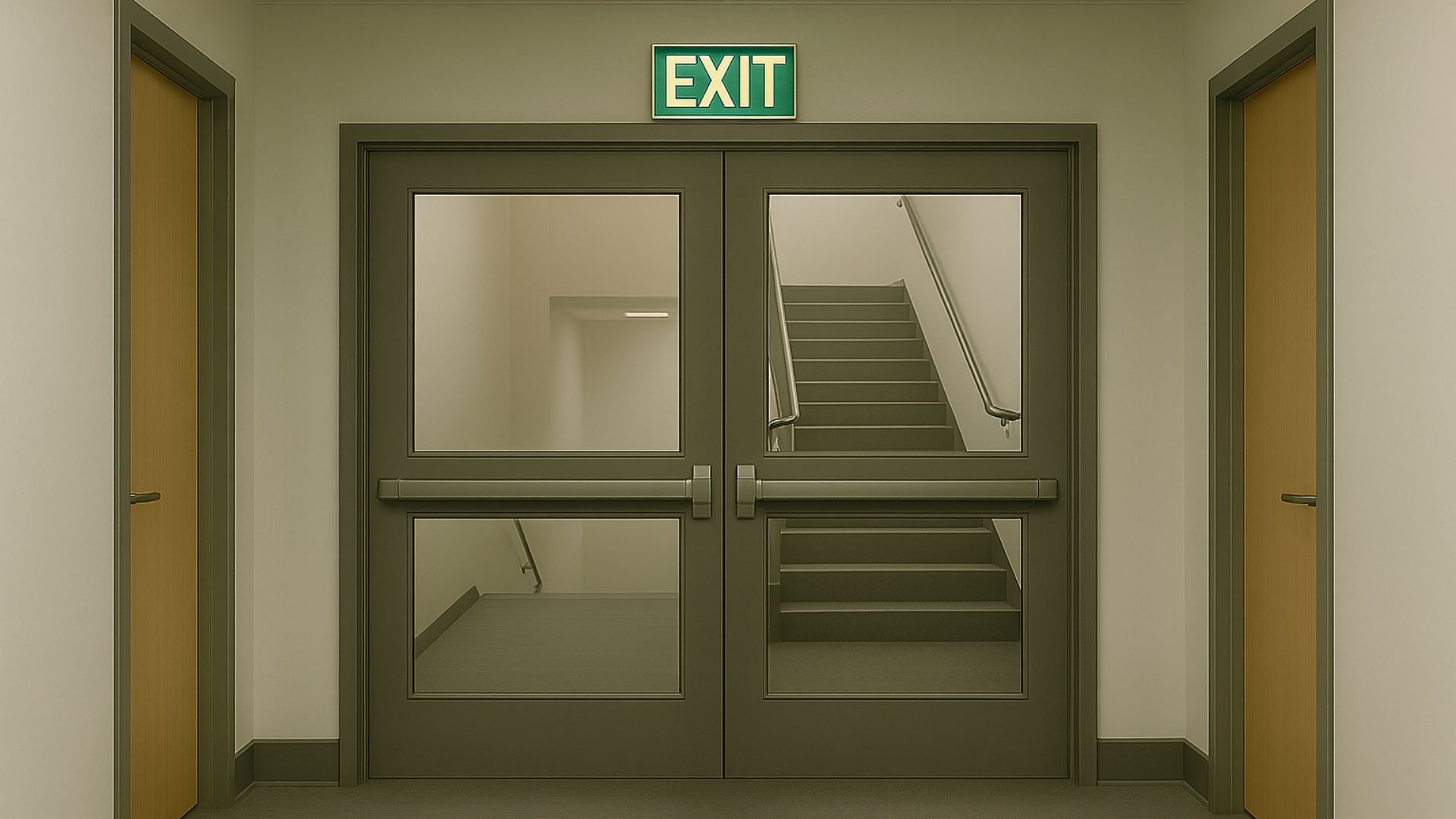How to break toughened glass in an emergency
Share this blog:
Toughened glass is built to withstand force. So, how do you break it in an emergency? Find out in our guide.

Toughened glass is a product built for a purpose. It's built to be stronger than standard float glass. And it's built to break in a way that will minimise the chances of injury to passersby.
Yes, toughened glass is tough as nails. In some building scenarios, it's mandatory. But this presents a problem: how do you break it if you really, really need to?
Obviously, we're not encouraging any kind of criminal activity or property damage. We're talking about emergencies when a window or other glass surface needs to be penetrated – either for your own safety or the safety of a person or persons within.
In this article, we take a closer look at toughened glass – what it is, how it breaks and how to break it in an emergency. But before we go any further, we should make one thing clear.
Nine times out of 10, there shouldn't be any need to break the glass. In a building, you should use the emergency exit wherever possible. In a vehicle, there should never be a need to break the window or windscreen from the inside.
Toughened glass should only be broken as an absolute last resort. This is advice we hope you never have to use!
What is toughened glass?
Toughened glass is glass that's been heated at a high temperature and then rapidly cooled or "quenched". This manufacturing process results in a product that's clear and strong – and one which has a unique breaking pattern.
See, if a pane of toughened glass gets smashed, it doesn't break into dangerous shards. Instead, it shatters into smithereens – tiny interlocking pebbles that are far less likely to cause injury and are much easier to sweep up.
Toughened glass is used in all sorts of applications – wherever extra safety is needed. In some "critical locations", it's required by building regulations.

Toughened glass isn't the same as laminated glass. This is a glass product made from two panes of glass sandwiching a plastic interlayer. When laminated glass breaks, a pattern of cracks like a spider's web spreads across the outer surface – but crucially, the glass stays in its unit.
Laminated glass can be found in car windscreens, jeweller's cabinets, glazing in hurricane zones, and many more places.
Both toughened glass and laminated glass are classified as safety glass. This differs from security glass, which is designed to withstand deliberate brute force – bombs, bullets and bandits, as we say in the industry.
Toughened glass is tough stuff. So, if you're in an emergency and you need to break it, what's to be done?
How should you break toughened glass in an emergency?
There are several ways you can break toughened glass in an emergency situation.
The first is obvious: use a piece of metal or a brick. Remember that toughened glass is designed to withstand force, so you'll need to use some welly – and a sharp edge if possible.
If the toughened glass you need to break is a car window, you can use the metal prongs at the bottom of the car headrest.
These methods are makeshift. If you want to be prepared for anything, you could invest in a safety hammer or a spring-loaded steel cutter. Both of these will shatter toughened glass with ease.
We mentioned that toughened glass breaks into smithereens. This makes it much safer to break than standard annealed glass. However, if you have time on your side, you can do yourself a favour by covering the window in duct tape. This will make the broken pieces stick to the tape, making it easier to clean up.
If you want to reduce the noise of the breakage, you can put a blanket between the glass and your tool.
What safety precautions should you take?
Safety glass may be safe, but you still need to take safety precautions in the unfortunate event that you need to break it.

If you're lucky (or prepared for anything) you'll have protective gear to hand. Safety goggles, safety gloves and work boots can all be beneficial should you need to break toughened glass.
Chances are, however, that the emergency will call for improvisation. You could use a jacket to cover your hand, for instance. If you do need to kick the glass, make sure you're wearing heavy-soled shoes. And if you want to reduce the noise, cover the glass with either a blanket or some duct tape.
What is fire-rated glass?
Fire-rated glass is designed to stop the spread of fire and toxic smoke. This gives people longer to escape – and the emergency services longer to arrive.
Fire-rated glass comes in several forms. Some are made of several layers of toughened glass and intumescent interlayers. Others from a single sheet of specially prepared toughened glass. The earliest forms of fire-resistant glass used wire mesh to hold two sheets of float glass together.
What is emergency egress?
"Emergency egress" is a construction term that refers to escape routes from buildings. It covers the routes themselves as well as emergency lighting, panic bars, egress windows and more.
Egress windows are windows that can be used as an emergency exit in the event of a fire. They can also be used as an entry point for the fire services.
In the UK, windows have to meet several robust regulations before they can be classified as egress windows.
For instance, they must meet specific measurements – both the size of the window and how far it can open. They must be accessible from all habitable rooms, be easy to open and meet a specific standard of impact resistance.
This is far from an exhaustive list – but it gives you an idea of the stringent regulations required for a window to count as an egress window.
Are you looking for high-quality safety or
security glass? Don't hesitate to
contact ToughGlaze for a quick, competitive quote.









